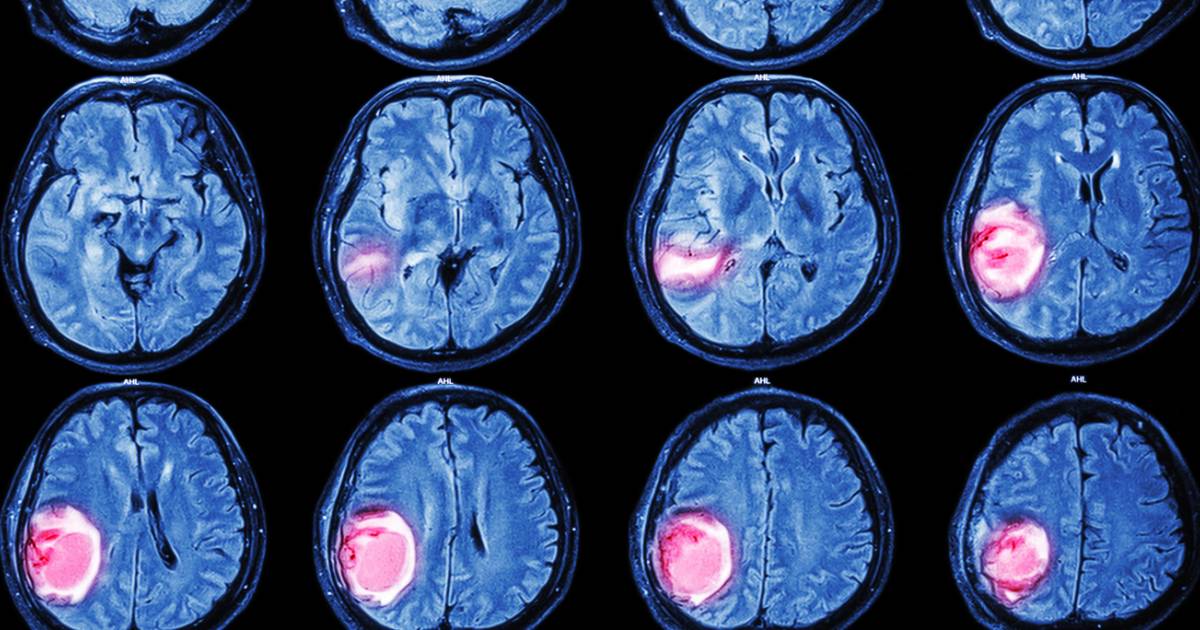Warning Signs Of Bell's Palsy
Bell's palsy, a type of facial paralysis, is a disease that causes one side of the face to droop. It's typically a temporary condition that will resolve on its own, although this can take a considerable amount of time generally measured in a time frame of several weeks to months. The condition affects the seventh cranial nerve, which in turn causes weakness in the facial muscles it controls. Individuals with Bell's palsy may look as though they have had a stroke, but a stroke is an entirely different condition. Bell's palsy can be treated, but it cannot be cured. Start reading now to reveal the most common warning signs of Bell's palsy now.
Weakness In Face

Damage to the seventh cranial nerve causes Bell's palsy. This nerve weaves in a delicate path through the skull, where it is encased by bone on all sides. When the nerve is traumatized, it swells, and as a result, this causes pressure from the surrounding bone. This pressure disrupts the normal function of the nerve, which is to control the facial muscles. Because of these, one of the hallmark symptoms of Bell's palsy is a weakness in the face. In this condition, facial muscle control is severely deranged, and the simplest expression is all but impossible. This weakness can also result in difficulty eating and drinking. There may also be problems with normal speech.
Get to know more symptoms of Bell's palsy now.
Facial Muscle Twitches

When the function of the seventh cranial nerve is disrupted, it can also cause twitching in facial muscle. This can be the result of nerve compression against a section of bone, or because of inflammation. This cranial nerve, like all nerves, has a protective coating consisting of a fatty substance called myelin, called the myelin sheath. This sheath is essential for normal nerve function. When the myelin is damaged, it's similar to a damaged electrical cord. When an electrical cord isn't intact, it can't conduct electricity smoothly. Something similar happens with the cranial nerve, as when the myelin sheath isn't intact, signals from the brain can't travel along properly. The brain's signal is interrupted like a short in a cord. The result can be the twitchy facial muscle movements seen in some patients with Bell's palsy.
Keep reading to reveal more warning signs of Bell's palsy now.
